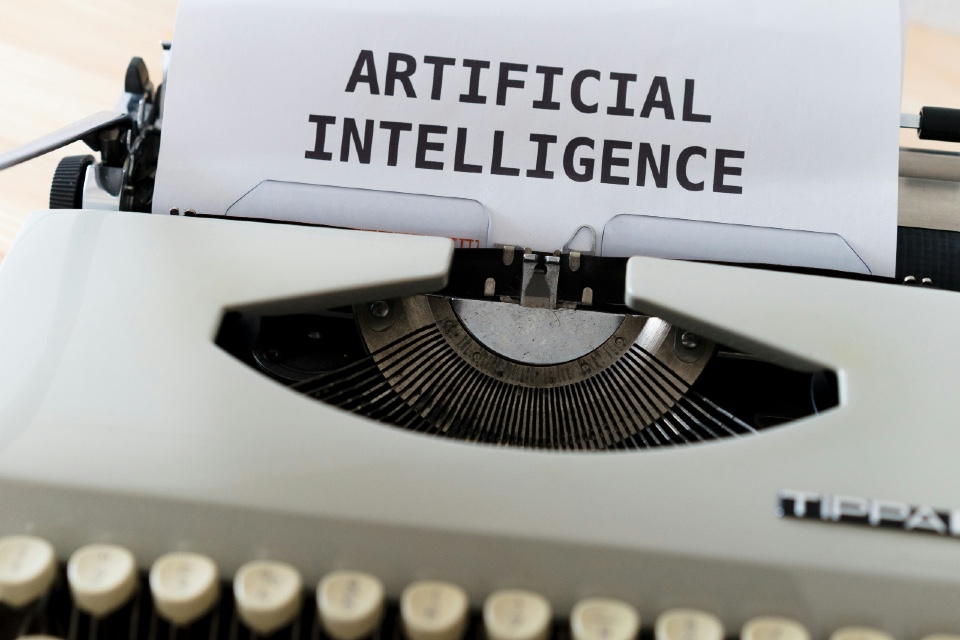With the increasing complexity of physical security threats, cyberattacks, and operational disruptions, organisations are turning to AI-powered analytics, predictive modelling, and automated emergency response systems to enhance crisis preparedness and mitigation efforts.
The integration of AI and automation into crisis management is transforming how businesses, public sector institutions, and security professionals detect, assess, and respond to emergencies. Here’s how these technologies are shaping crisis management strategies for delegates at the Total Security Summit…
1. AI-Powered Threat Detection and Risk Assessment
Artificial intelligence has become a critical tool for real-time risk analysis, helping organisations detect and assess threats before they escalate into full-blown crises. AI-driven solutions can:
- Monitor vast data sources, including CCTV feeds, access control logs, and social media alerts, to identify potential security threats.
- Use predictive analytics to assess patterns of suspicious behaviour, enabling security teams to take preemptive action.
- Enhance situational awareness by combining data from multiple sources, ensuring a holistic view of unfolding incidents.
For example, AI-powered facial recognition and anomaly detection can flag individuals engaging in suspicious behaviour within high-security areas, allowing security teams to intervene before an incident occurs.
2. Automated Emergency Response Systems
AI-driven automated crisis response reduces the need for manual decision-making in high-pressure situations, ensuring faster and more effective responses. These systems:
- Trigger real-time alerts to security teams, employees, and emergency responders based on pre-set threat detection parameters.
- Activate lockdown procedures automatically in case of unauthorised access or active threats.
- Initiate mass notification systems, sending targeted emergency alerts to affected individuals via SMS, email, and app-based push notifications.
For example, in the case of fire or active shooter incidents, automation can immediately alert law enforcement, secure entry points, and provide staff with real-time evacuation routes.
3. AI-Driven Crisis Communication and Coordination
Clear communication is essential during a crisis. AI-powered chatbots and virtual assistants are now being integrated into crisis management plans to:
- Provide instant guidance to employees and first responders based on crisis protocols.
- Automate media and stakeholder communications, ensuring accurate, consistent messaging.
- Reduce misinformation and panic by quickly addressing concerns and directing individuals to verified information sources.
4. Future Outlook: AI and the Next Generation of Crisis Management
As AI capabilities advance, crisis management strategies will continue to evolve. The future will see:
✔ AI-enhanced decision support systems, offering real-time recommendations to crisis managers.
✔ Machine learning-based crisis simulations, training security teams on dynamic emergency scenarios.
✔ Blockchain-secured crisis data sharing, ensuring trustworthy, tamper-proof information exchange between organisations.
Conclusion
AI and automation are redefining crisis management in 2025, enabling UK organisations to respond faster, smarter, and more effectively to emerging threats. By embracing these technologies, security professionals can reduce risks, protect assets, and enhance resilience, ensuring their organisations remain prepared for the unexpected.
Are you searching for Crisis Management solutions for your organisation? The Total Security Summit can help!
Photo by Markus Winkler on Unsplash





